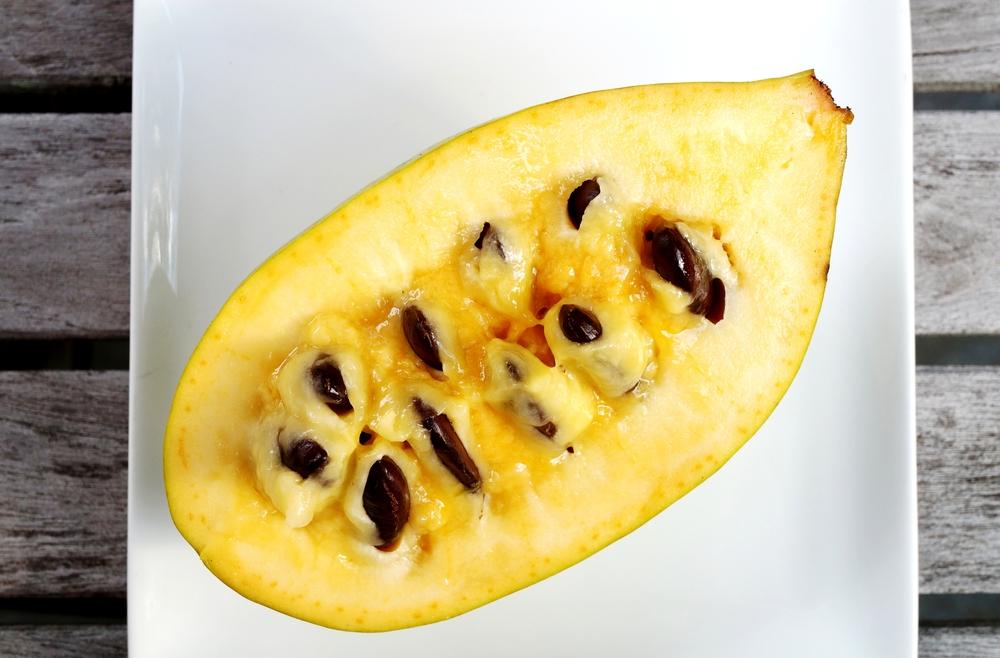Sitting on my lawn chair with a newspaper on my lap in Groff Memorial Park in New Holland, Pennsylvania, under the canopy of a small pawpaw tree grove, watching the sun begin to go down upon a lazy late-summer Sunday afternoon, the silence of my blissful reverie was broken by a soft thud not six feet from my head.
I heard some leaves rustling halfway toward the peak of a nearby 20-foot-high pawpaw tree and looked up to see a beady-eyed gray squirrel, motionless, as if waiting for my reply. After making contact with those mischievous obsidian eyes, it occurred to me that he seemed quite amused. He flicked his tail. Challenge accepted: the food fight was on.

